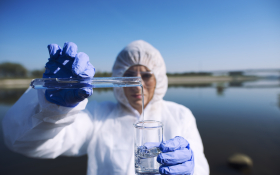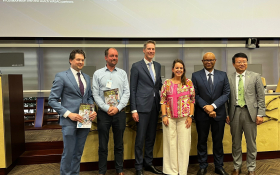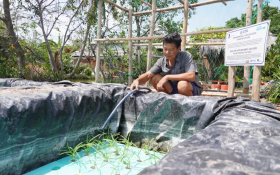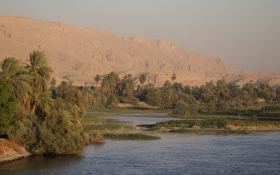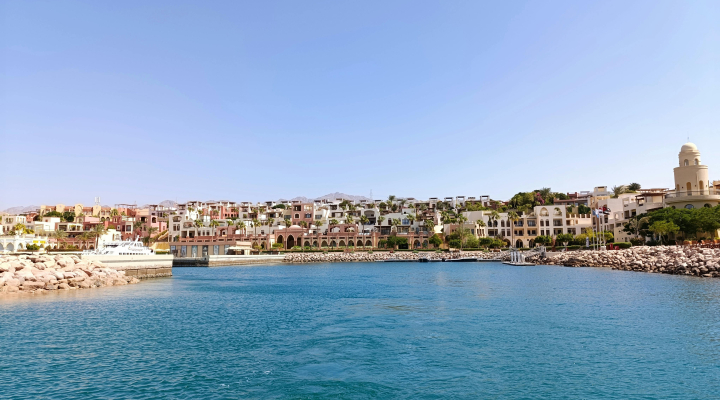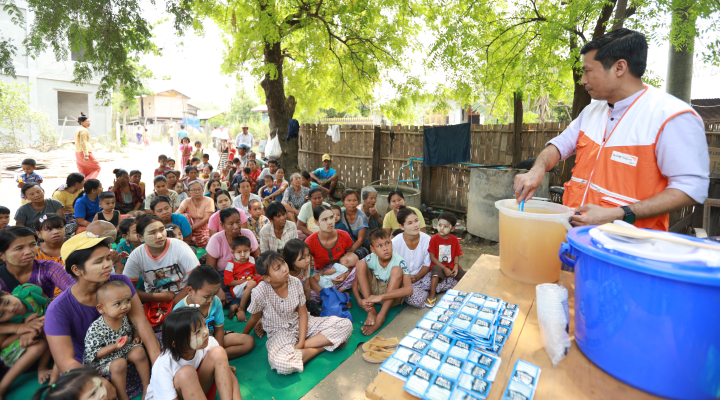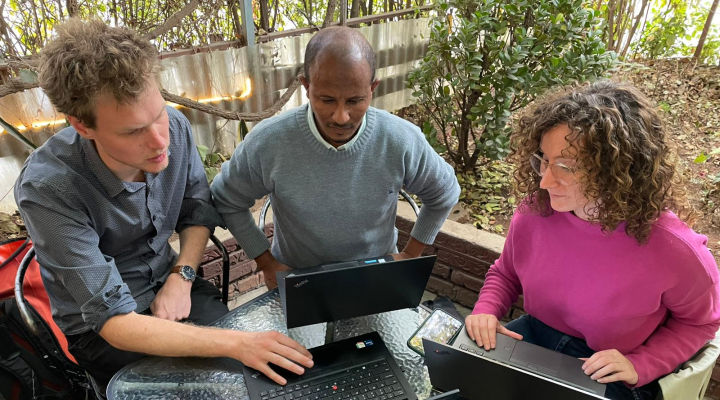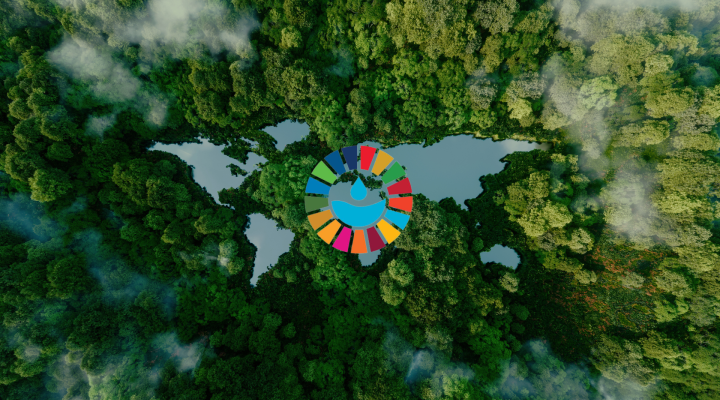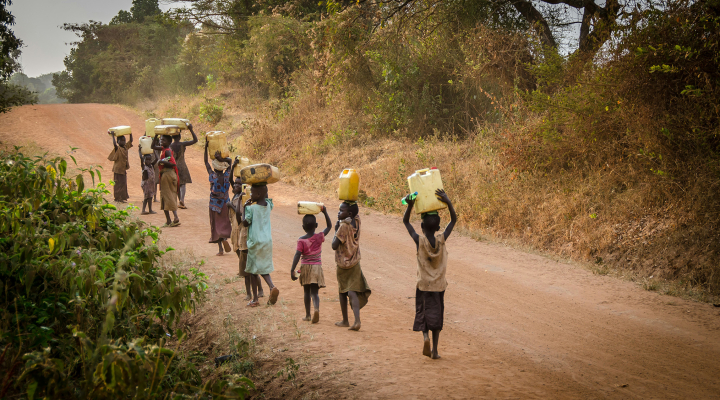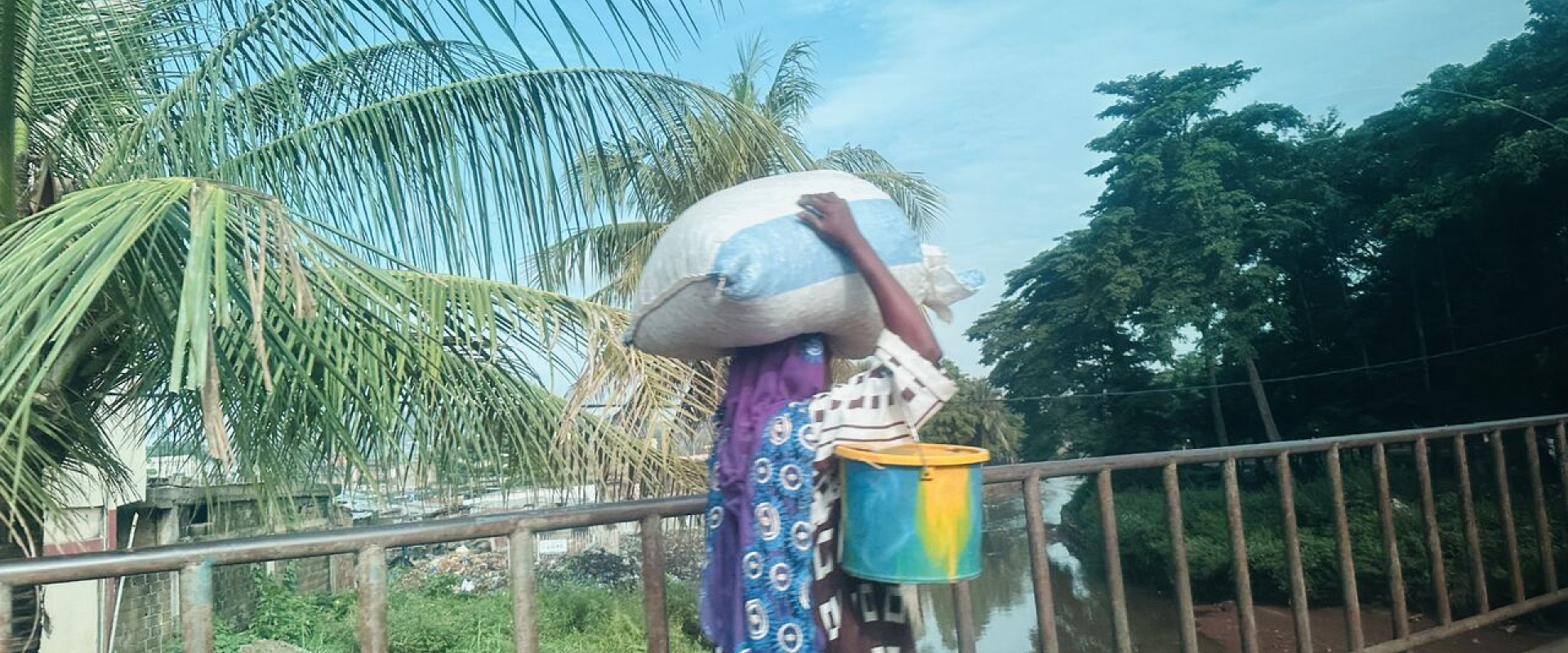
Bringing more water to Mali: How international partnerships strengthen local utilities and drive innovation
Access to safe, reliable water remains a daily challenge in Mali. The Dji Tiaman project – meaning ‘more water’ in the local language – shows how collaboration, trust, and practical know-how can turn this challenge into measurable progress. Since 2022, World Waternet and Moroccan mentor utility ONEE (Office National de l’électricité et de l’eau potable) have collaborated with Mali’s utilities SOMAGEP and SOMAPEP under the European Union Water Operators’ Partnerships (EUWOP) programme. The partnership focused on one of the sector’s most pressing challenges: high levels of Non-Revenue Water (NRW).
Improving access to safe and sustainable drinking water
The initiative built on lessons from WaterWorX – a Dutch public–private partnership that supports water utilities in developing countries to improve access to safe and sustainable drinking water. It was supported by the Global Water Operators’ Partnerships Alliance (GWOPA), a United Nations-led network that promotes peer-to-peer learning among water and sanitation providers.
Water challenges in Mali
Mali’s rapid urbanisation, climate variability, and ageing infrastructure put pressure on water availability and service quality. In the capital city Bamako and the country’s secondary cities, intermittent supply, leaking pipework, and limited monitoring capacity make water losses a technical, financial, and social problem. Reducing NRW frees up scarce water for households and strengthens utility finances to invest in better services.
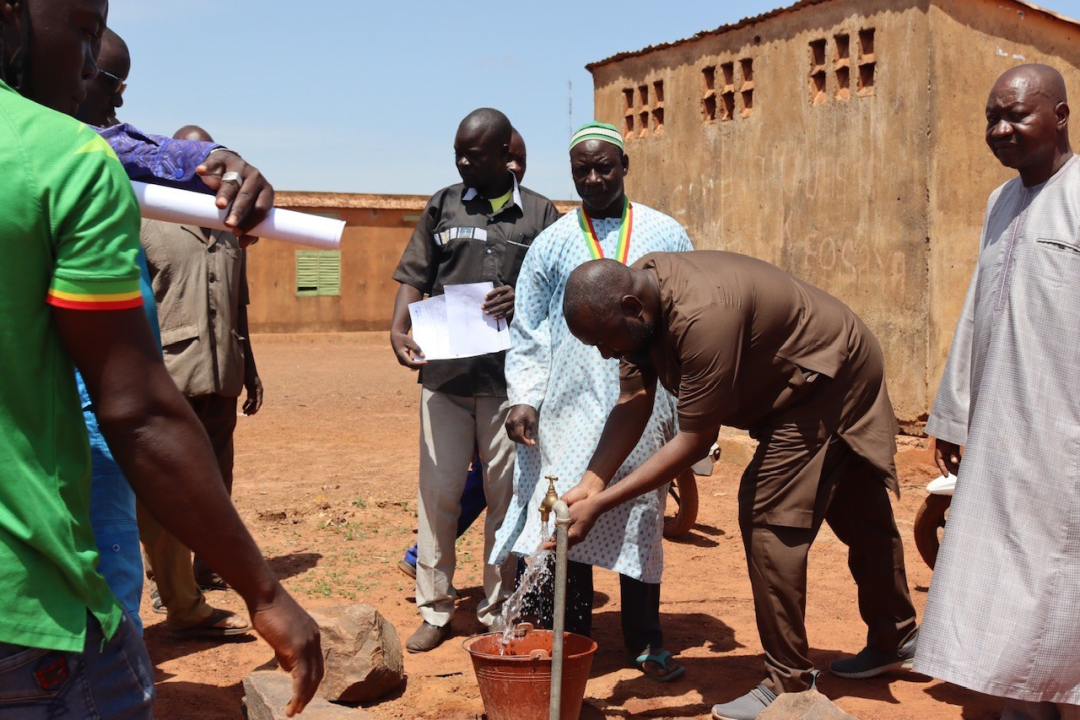

What non-revenue water means for utilities
NRW is the gap between water produced and water billed to customers. This gap is often caused by physical leaks, unauthorised use, and metering or billing inaccuracies. In Mali, losses typically hover around 40%. This means a significant share of treated water never reaches paying customers.
Earlier cooperation between SOMAGEP and World Waternet under the WaterWorX programme laid the groundwork for tackling this challenge in Bamako. In 2022, these efforts were expanded through the Dji Tiaman initiative under the EUWOP programme. This phase focused on three secondary cities: Kati, Sikasso and Koutiala.
A partnership model that delivers
The programme combined peer-to-peer learning with targeted technical support. ONEE brought regional expertise in reducing NRW and led peer-to-peer training on leak detection and network management. World Waternet contributed Dutch technical expertise in hydraulic modelling, data-driven analysis, and capacity building. SOMAGEP and SOMAPEP put these improvements into practice, managing day-to-day operations and customer engagement. Together the partners introduced tools and methods that were new or not yet scaled in Mali.
A cornerstone was the creation of District Metered Areas (DMAs) – defined zones of roughly 100 to 1,000 connections where inflows and consumption are measured and compared. This segmentation helped reveal where losses occurred and enabled targeted interventions. Hydraulic specialists from World Waternet supported the utilities to manage pressure, detect leaks, and optimise supply based on data generated by the DMAs.
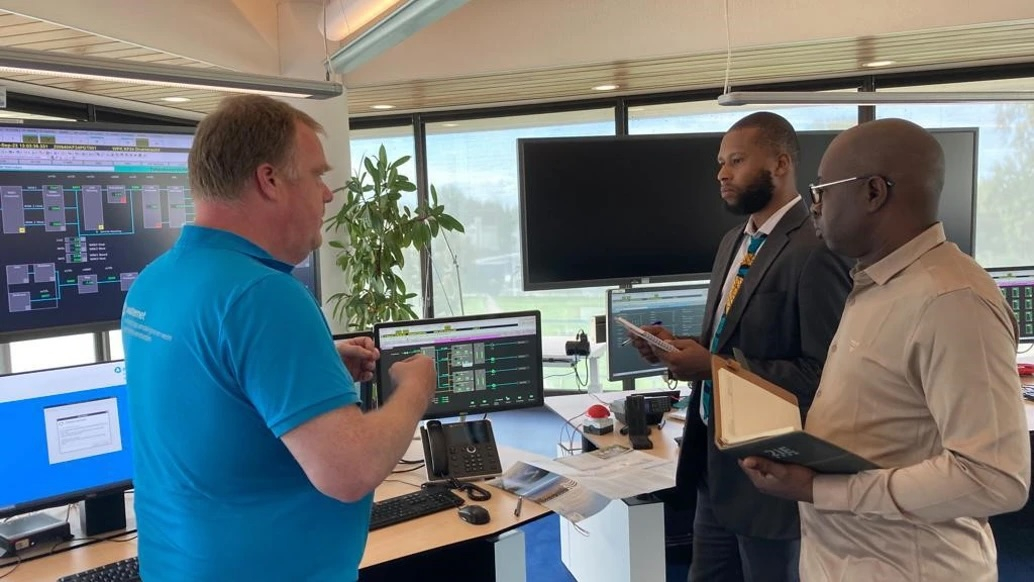

Practical steps and capacity building
The partnership delivered field activities, training, and workshops on leak detection, hydraulic modelling, and customer data management. A door-to-door survey updated the customer database, ensuring that all registered connections could be billed accurately. Through night-flow analysis, the DMAs helped pinpoint where water was lost through leaks and where it was used but not billed. ONEE also led specialised training sessions in Rabat and Bamako for SOMAGEP staff on NRW reduction, while two Malian engineers undertook hands-on training in Amsterdam on hydraulic modelling. These exchanges embedded skills locally and fostered a culture of continuous improvement.
Measurable results for people and utilities
The results are tangible. Across Kati, Sikasso, and Koutiala, NRW fell by an average of 12% and billing efficiency rose by 10% to reach 99%. Daily savings of around 3.6 million litres now translate into reliable water services for approximately 70,000 people. Financially, reduced losses mean more revenue to reinvest. In Kati alone, efficiency gains yielded an estimated monthly benefit of over €26,000. This money strengthens the utility’s capacity to maintain and expand its services, linking water savings with financial resilience and better customer outcomes.
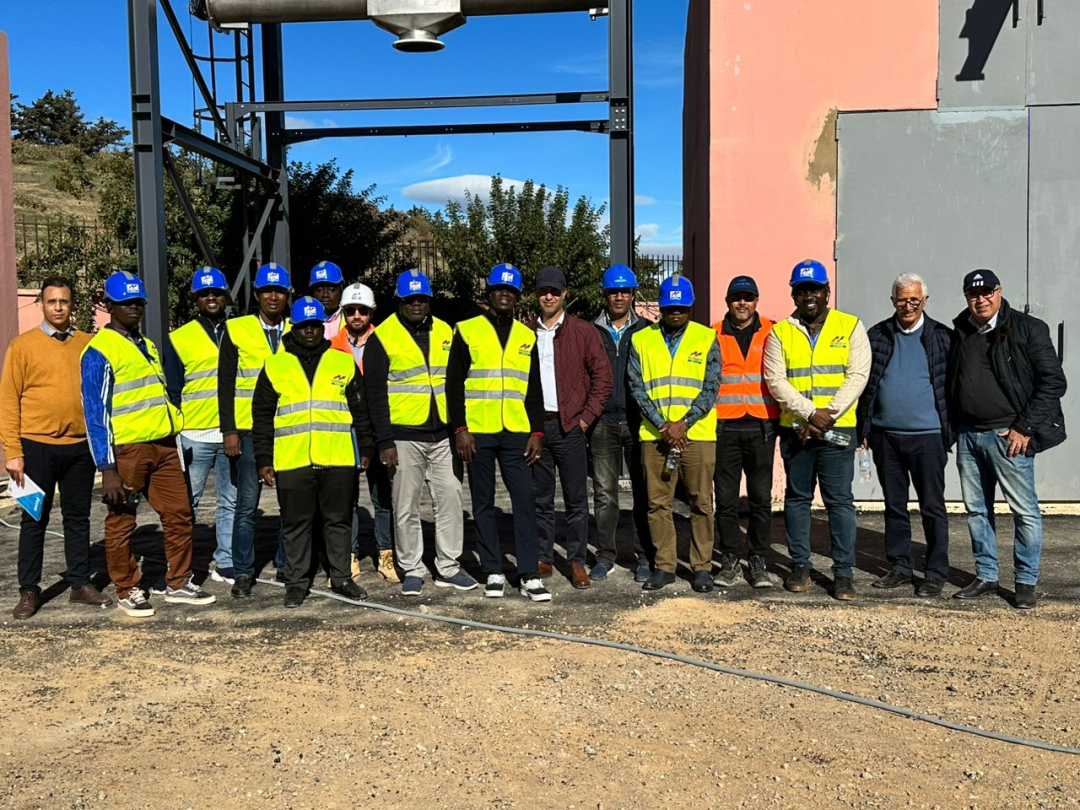

Dutch innovation supporting local ownership
During the project, Dutch expertise complemented local knowledge to deliver a pragmatic mix of technology and on-the-ground problem solving. Data-driven utility management – from GIS mapping to hydraulic modelling – underpinned decision-making and targeted investments. These tools and methods were successfully transferred to utilities’ teams to ensure sustained application after the project’s milestones.
The Young Expert Programme (YEP), supported by the Netherlands Ministry of Foreign Affairs and the Netherlands Water Partnership (NWP), also contributed to the project. This programme aims to support the development of young professionals in the water sector. In Mali, local young professionals helped bridge the different cultures and translated technical approaches to local realities.
Looking ahead
The Dji Tiaman project demonstrates what coordinated international cooperation can achieve when aligned with local ownership. By combining practical innovation, capacity building, and peer-to-peer support, the partnership is bringing more water to people in Mali, while contributing successfully to Sustainable Development Goal 6: clean water and sanitation for all.
